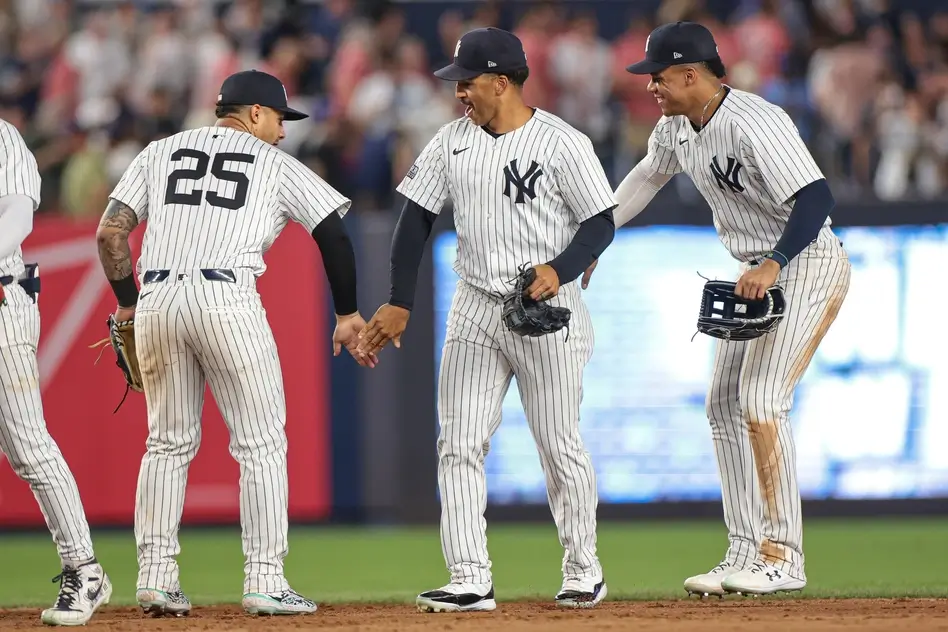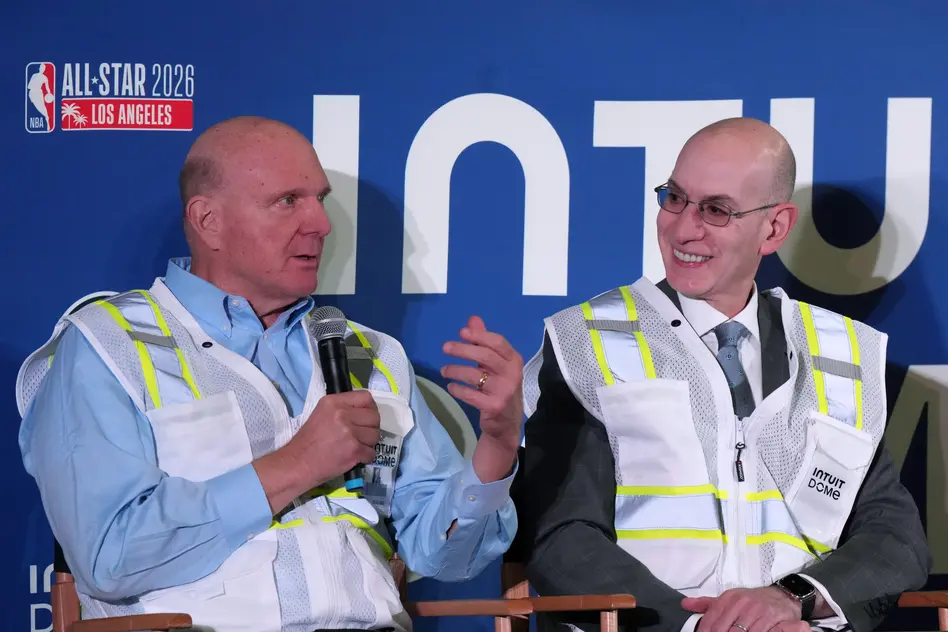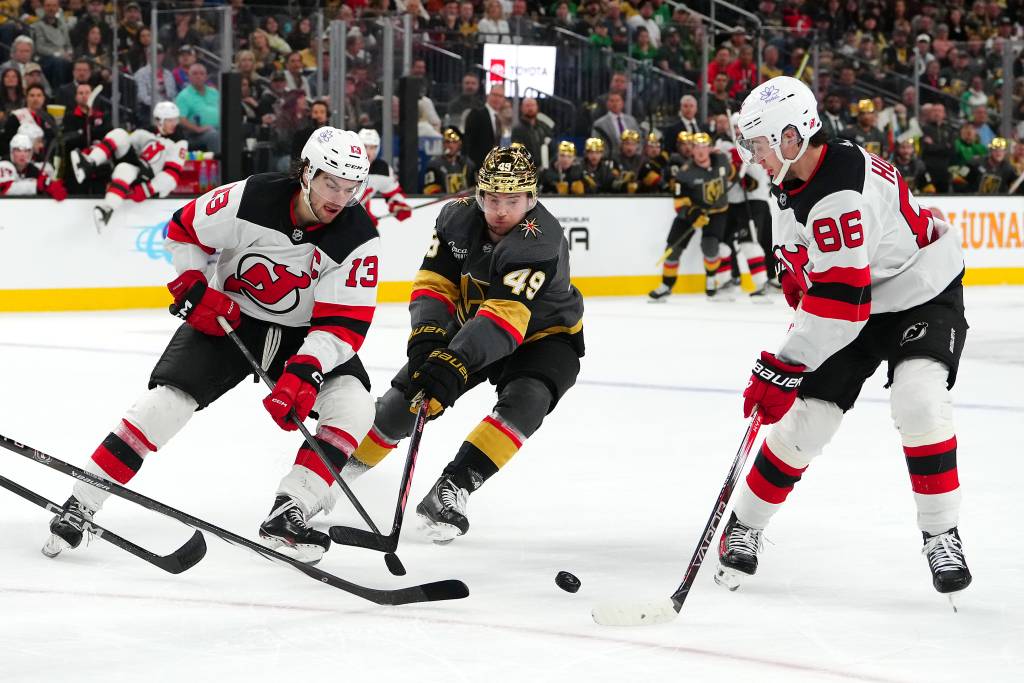Basketball, a fast-paced and exciting sport, is loved all over the world. As one of the most popular sports, it is therefore not surprising that the National Basketball Association (NBA) has had a significant impact not only on sports but also on popular culture.
However, behind the high shots, three-pointers and strategic shenanigans, there are often a number of rules and regulations that go beyond the basketball court. In this article, we will explore a lesser-known but very important component of the NBA – the rules that dictate off-court actions, defining player behaviour outside of the normal gameplay.
NBA’s Off-Court Rules
Historically, the NBA has always had a set of rules governing how the game is played. These rules maintained the integrity of the sport and ensured fair play. However, as the NBA has evolved, there have been challenges related to player behaviour, which has led to the emergence of off-court rules.
These rules deal with aspects such as dress, communication between players, and player interaction with opposing teams.
Rule 1: Specific footwear regulations
In the NBA, what players wear on their feet is not only a fashion statement, but also a matter of rule enforcement. The league dictates certain restrictions on shoe colours, logos and designs to maintain uniformity and brand integrity.
A classic example is when Michael Jordan, as a rookie, wore black and red Nike Air Jordans. The NBA deemed this a violation due to the lack of white and as a result fined Jordan for every game he wore them in.
Rule 2: Betting prohibitions
Betting in the NBA is prohibited on a team’s success and a particular player’s performance. This rule serves to prevent any form of rigging and preserve the integrity of the sport. Players, coaches and team personnel are strictly prohibited from betting on NBA games.
A classic case involves former NBA referee Tim Donaghy, who was involved in a major scandal over betting on games he officiated. His actions cast a shadow over the league’s reputation. Such betting is prohibited anywhere, including sites with sports betting not on Gamstop.
Rule 3: Communication guidelines between teammates
The NBA has restrictions on what can and cannot be said. Players are not allowed to use abusive or derogatory language towards their teammates. It is also not recommended to make locker room conversations public, as it can affect team unity and morale.
As an example, D’Angelo Russell, then a rookie with the Lakers, secretly recorded a private conversation with teammate Nick Young, which led to a serious rift in the team.
Rule 4: Interaction restrictions with opposing team
There are also strict rules for interacting with the opposing team. Any form of disrespect is prohibited in the NBA, including trash-talking, unsportsmanlike behavior and physical altercations.
The infamous “Malice at the Palace” incident in 2004, when a brawl between the Indiana Pacers, Detroit Pistons and fans resulted in serious suspensions and fines, further emphasizing the importance of these rules.
Rule 5: Clothing and attire restrictions
The NBA is one of the few sports leagues with a strict dress code. Introduced in 2005, the NBA dress code requires players to wear business or conservative clothing at team or league events. The league discourages casual wear such as shorts, t-shirts and flip-flops.
This caused an outcry when Allen Iverson, known for his hip-hop style, openly criticized the rules.
Despite the controversy, the dress code remains in place and is intended to promote a professional image for NBA players.
Rule 6: Social media conduct
In the digital age, social media has become a powerful tool for NBA players to communicate with fans and build their brand. However, the NBA also has specific rules governing the use of social media.
Players are prohibited from posting discriminatory or offensive material. They are also prohibited from discussing game-related issues, such as criticising officials or discussing game strategies. When JR Smith of the Cleveland Cavaliers was fined for a controversial tweet in 2013, it was a stark reminder of these rules.
Rule 7: Substance use and abuse
The NBA has strict rules regarding the use and abuse of banned substances. These include performance-enhancing drugs and recreational substances. Players are tested regularly, and any violation of these rules results in disqualification and fines.
For example, Chris Andersen, also known as “Birdman”, was expelled from the league in 2006 due to substance abuse.
Rule 8: Public conduct and reputation
Public behaviour plays an important role in an NBA player’s career. The league requires players to maintain a positive image and conduct in public that reflects the values of the NBA.
Actions that are deemed detrimental to the NBA’s reputation can result in penalties. For example, in 2010, the league suspended Gilbert Arenas for his involvement in a shooting incident.
Rule 9: Political and social activism
The NBA is considered progressive in its attitude towards political and social activism. Nevertheless, it has certain rules in place to balance free speech and the interests of the league.
Players are encouraged to express their views respectfully and responsibly. Cases such as LeBron James speaking out against police brutality are examples of how players can be activists while respecting NBA rules.
Rule 10: Business and financial endeavors
The NBA encourages players to engage in entrepreneurial and financial activities outside of basketball, but there is a catch – it must not conflict with the interests of the NBA. For example, players can’t endorse brands that could potentially compete with official NBA sponsors.
Spencer Dinwiddie’s attempt to turn his contract into a digital investment vehicle in 2019 sparked controversy because it was deemed a violation of league rules.
Top three basketball rules on the court
3-second violation defense: This rule applies to the defender in the restricted area (the painted area under the basket). If a defensive player spends more than three seconds in this area without actively guarding an opponent, it results in a violation.
Carrying violation: Carrying, or palming, is a violation in the NBA where a player momentarily stops dribbling, holding the ball with their hand excessively on the side or underneath it. This rule ensures a fair dribble preventing players from gaining undue control over the ball.
Illegal dribble: Also known as double dribble, this violation occurs when a player dribbles the ball with both hands simultaneously or discontinues their dribble by catching or causing the ball to come to rest in one or both hands, and then resumes dribbling.
Three interesting facts about the rule change
Due to Wilt Chamberlain’s dominance at dunking, the NBA introduced a rule in the 1956 season prohibiting players from crossing the free-throw line during a foul shot, effectively banning the 3-point play from free throws.
The NBA reinforced the “backboard shattering” rule because of Shaquille O’Neal’s powerful dunks, making it a technical foul due to the potential risk of injury and delay of the game.
Charles Barkley’s aggressive play led the NBA to change rules around backing down defenders, limiting the amount of time (5 seconds) a player can continuously dribble in the post without making a move towards the basket.
Final thoughts
Navigating the intricacies of the rules of the game off the NBA court can be just as difficult as the game itself. The extensive rules may seem complicated, but they serve an important purpose: maintaining the integrity, professionalism and reputation of one of the world’s most beloved sports leagues.
At their core, these rules set boundaries that ensure fair play, equality and respect, and create a framework that allows the NBA to continue to enthral us both on and off the court.
FAQs
What is the NBA’s policy on doping?
Players are regularly tested for a wide range of substances, and violations can result in penalties, including suspensions and fines.
Can NBA players compete in the Olympics?
Yes, NBA players are eligible to compete in the Olympic Games. They have been participating in the Olympics since the 1992 Barcelona Olympics, also known as the “Dream Team” era.
What is the minimum age to enter the NBA?
The NBA requires U.S. players to be at least 19 years old during the calendar year of the draft and a year removed from high school. International players must also be at least 19 years old.
What happens if an NBA player breaks the rules?
If an NBA player breaks the rules, they may be subject to various forms of disciplinary actions, including fines, suspensions, or in severe cases, expulsion from the league.







